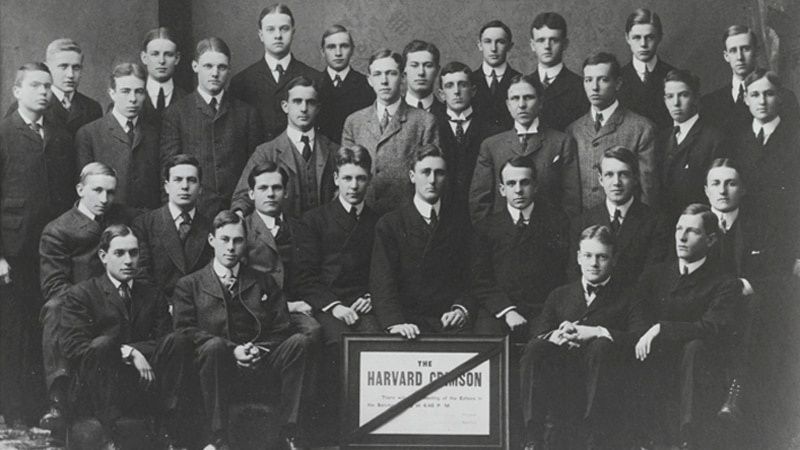With Hathaway & Co. Acquisition, Goldman Sachs Doubles Down on Commercial Paper
In the depths of the Great Depression, Goldman Sachs announces its first-ever acquisition. Taking advantage of a depressed commercial paper market, the firm purchases Chicago-based Hathaway & Co. in 1932 to become one of the largest commercial paper dealers in the US.
The stock market crash of 1929 and the Great Depression presented significant challenges for the American financial services industry. From 1929 to 1932 stocks lost 73% of their value. Approximately 9,750 national banks suspended operations between 1929 and 1933 (nearly half of them in 1933 alone), marking an extraordinarily stressful period for the American economy. Goldman Sachs was no exception, most notably as a result of its investment in Goldman Sachs Trading Corporation.
It was against this challenging backdrop that in 1932 Goldman Sachs completed its first acquisition: that of Chicago-based Hathaway & Co., the leading commercial paper dealer in the Midwest and West. Like Goldman Sachs, Hathaway & Co. was one of the oldest firms in the business, founded in 1874. At the time of the transaction, the volume of commercial paper reported to the New York Fed had fallen sharply, from US$407 million in January 1929 to US$96 million in January 1932. As a result, the cost to Goldman Sachs of acquiring Hathaway & Co. could be reconciled with the firm’s own capital, which hovered below US$10 million.
While other firms struggled in the commercial paper markets, it was the core business upon which Goldman Sachs had been founded in 1869. As Goldman Sachs said in its announcement of the purchase, “the inclusion of the long-established Hathaway business affords the firm still greater opportunities to serve the industrial and mercantile world.”
The acquisition of one of the largest commercial paper businesses in the United States provided the ballast that would not only steady Goldman Sachs during a time of economic crisis, but launch the firm into a leading position when the recovery ensued. Once volumes rebounded, the firm had a strong recurring revenue source. Additionally, the commercial paper business served as an entry point for Goldman Sachs with many corporations, opening the door to other services and paving the way for lasting client relationships.




